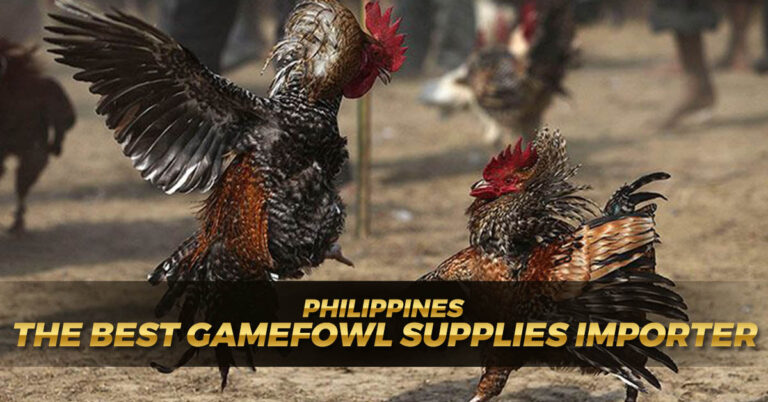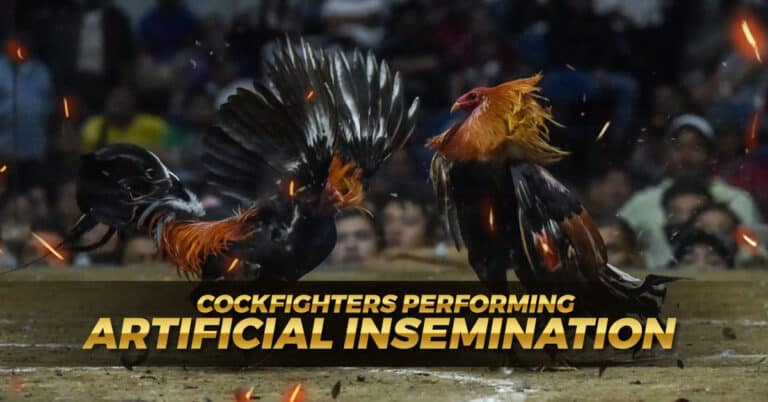The Legality of Cockfighting in PH
Sabong is more than just an activity for recreational purposes. The Philippines view sports as a significant component of their cultural heritage. The history of cockfighting in the country extends back 6,000 years, which may have been a substantial factor in the decision to legalize the activity. Many people in this country consider this game even more important than basketball in national sports.

1974 Act Prohibiting Cockfighting

The Cockfighting Law of 1974, often referred to as Presidential Decree No 449, is the law in the Philippines regulating cockfighting. Cockfighting can only occur on specific days of the week within permitted cockpits. However, the law does make exceptions for these days.
Declaration of the Policy in Cockfighting
Within the framework of the New Society, it is therefore declared to be the policy of the government to ensure the maximum growth and promotion of healthful recreation and amusement to accomplish the following aims, which are as follows:

- To successfully control and regulate sabong to establish it as a national form of amusement, relaxation, and recreation;
- To generate additional income for our tourist initiative and
- To eliminate and stop unnecessary and excessive business operations and profit considerations in managing cockpits, focus on preserving Philippine customs and traditions to strengthen our national identity.
Cockfighting is Legal in the Philippines
Cockfighting is permitted and controlled in the Philippines. On the other hand, there have been reports of a significant increase in offshore bets since the pandemic shutdowns.

At the beginning of this month, the Chairperson of PAGCOR, Andrea Domingo, provided specifics regarding plans to authorize land-based businesses to take wagers placed online and to oversee online gambling within the country.
During her presentation on a webinar for Asia Gaming Brief, she stated that the government is working to eradicate unlawful gambling to recover any money that may have been lost as a result. She said that PAGCOR has also suggested taxing and legalizing online sabong bets, comparing the activity to the Philippines’ national sport of volleyball.
Over 2,000 stadiums around the country are legally licensed to host cockfighting events, and it is believed that the cockfighting industry generates approximately one billion dollars yearly.
Key Aspects of Cockfighting in the Philippines
The following is a list of essential aspects regarding cockfighting in the Philippines:

Cultural Significance
The tradition of cockfighting dates back a long time in Filipino culture and is frequently associated with parties and other types of festivals. It has a strong presence in rural and urban populations, and “cockpits” or other specialized arenas can be found nationwide.
Legal Status
According to our most recent information, which was in January 2022, cockfighting is permitted in the Philippines but is subject to strict regulations. The government has developed several recommendations and laws to guarantee the well-being of the animals involved in the sport and keep some measure of control over the activity.
Cockpits
Cockfights are held in specially constructed arenas known as cockpits. These arenas were created to host cockfights. Depending on size and scope, these venues can range from simple, neighborhood-based setups to more extensive, more elaborate facilities. Many different types of people, such as spectators, gamblers, and enthusiasts, can be seen in cockpits at any time.
Online Betting
Cockfighting betting is a staple of Filipino culture. Bets are placed by spectators on the results of the fights, adding a new dimension of excitement and intensity to the competition. However, it is essential to keep in mind that there are rules and regulations governing gambling that also apply.
Regulations for Animal Welfare
In response to concerns raised about the well-being of animals in the Philippines, the Philippine government has enacted new protocols to ensure that gamecocks are handled in a kind and compassionate manner. The restrictions cover breeding, training, and the actual competition itself.
Social and Economic Impact
In many different towns around the Philippines, cockfighting is essential to the social fabric. It is a type of entertainment that also helps to build a sense of camaraderie among those who take part in it and those who watch it. Additionally, the sport significantly impacts the economy because it is a source of revenue for the cockpits and helps support allied sectors such as breeding and equipment manufacturing.
Conclusion
Some may regard cockfighting as an “obsolete and repugnant practice.” Still, in the Philippines, it is widely practiced and enjoyed as a sport and a kind of recreational entertainment. The fact that cockfighting is a multi-billion dollar industry has caused many people to praise it as a significant contributor to the country’s overall revenue. Even if it may be upsetting for some people to watch the game at Sabong International, the sport continues to have tremendous support from a significant percentage of the general audience.










